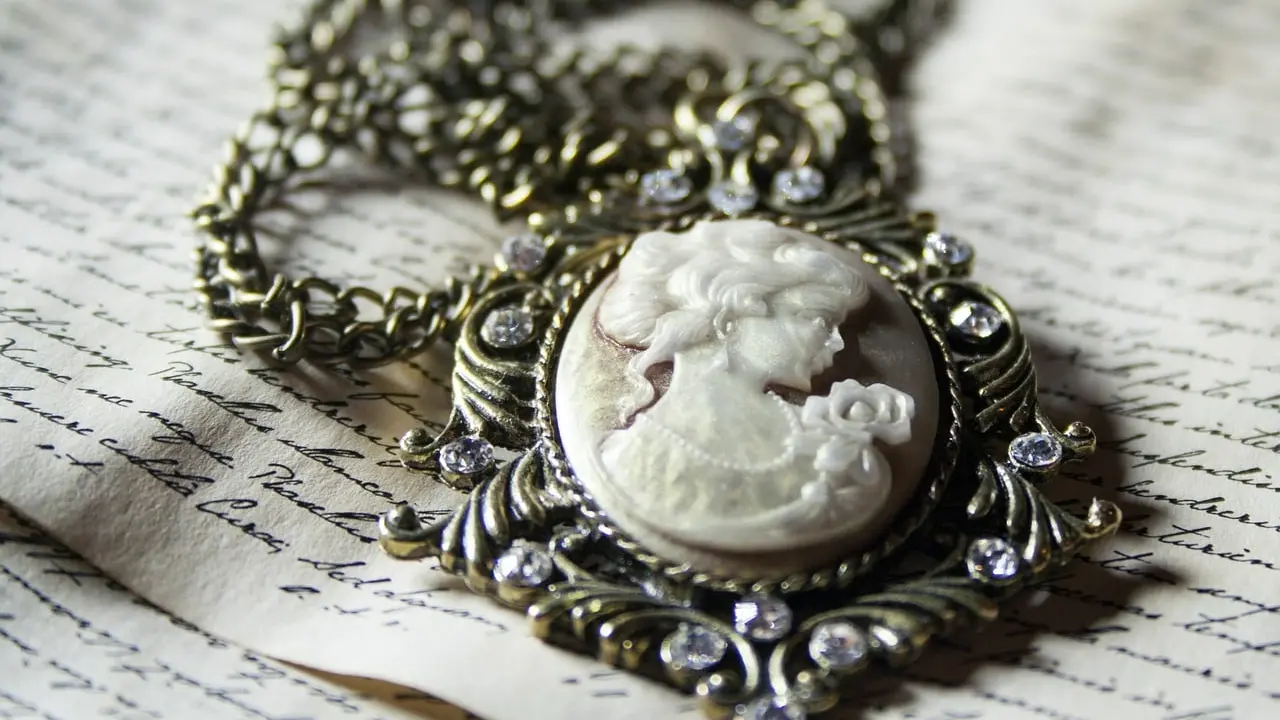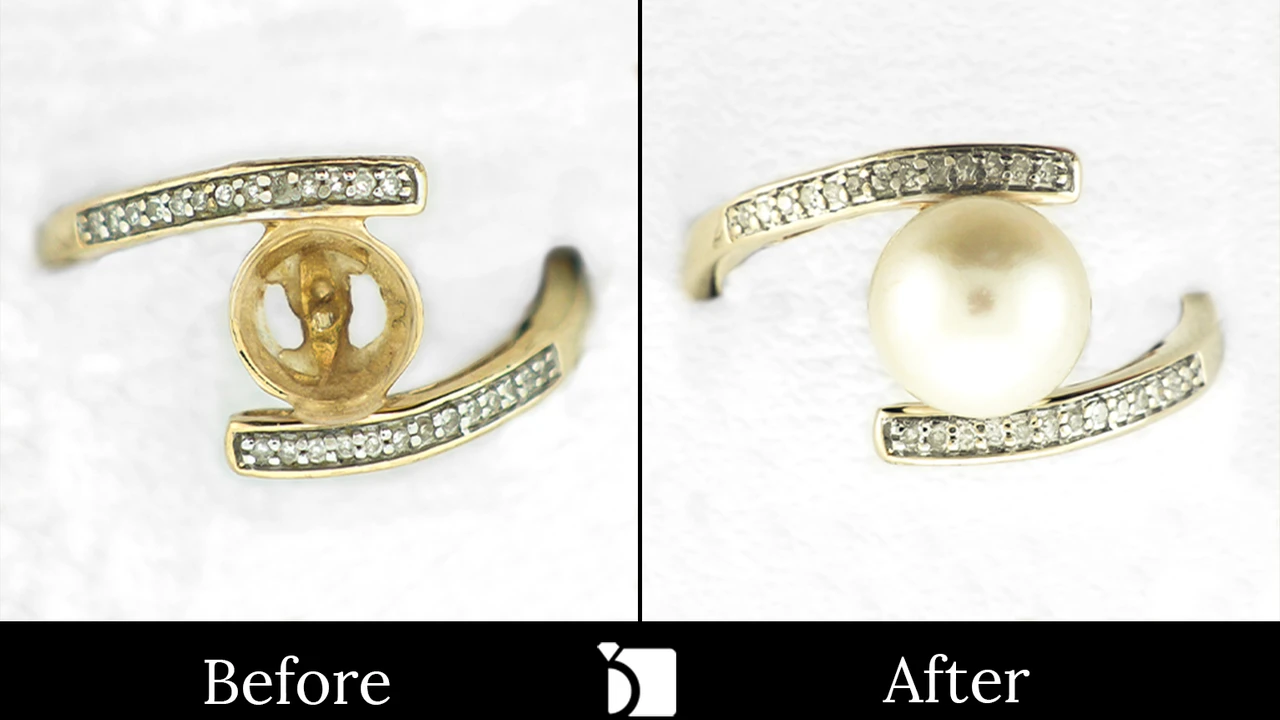Negotiating Prices When Buying Antique Jewelry
Learn effective negotiation techniques when buying antique jewelry Get the best possible price for your vintage treasures.

Understanding the Antique Jewelry Market and Price Factors
Alright, so you're diving into the fascinating world of antique jewelry! That's awesome! But let's be real, the prices can be all over the place. It's not like walking into a department store with fixed tags. Antique jewelry pricing is more like a wild dance, influenced by a bunch of different factors. Understanding these factors is key to getting a good deal and not overpaying.
First off, rarity is a huge deal. Is it a one-of-a-kind piece? A limited edition from a renowned designer? The rarer it is, the higher the price tag. Then there's condition. Obvious, right? But even small imperfections can significantly impact the price. A chipped gemstone or a heavily tarnished silver setting will lower the value.
Next, consider the period and style. Certain eras, like Art Deco or Victorian, are super popular right now, driving up prices. And of course, the materials matter. Gold, platinum, diamonds, and precious gemstones all add value. The quality of these materials is also crucial. A diamond with excellent clarity will be worth way more than one with visible inclusions.
Finally, don't forget about provenance. Does the piece have a documented history? Was it owned by someone famous? Provenance can add a significant premium, especially if the story is well-documented and verifiable.
Preparing for Negotiation Research and Setting a Budget
Before you even think about negotiating, do your homework! Research similar pieces online and at auction houses. Check out sites like eBay (carefully!), Ruby Lane, and reputable antique jewelry dealers’ websites. Get a feel for the price range of similar items.
This research will help you set a budget. Decide how much you're willing to spend, and stick to it! It's easy to get caught up in the excitement of finding a beautiful piece, but don't let your emotions cloud your judgment. Knowing your budget will give you a clear upper limit during negotiations.
Also, know your leverage. Are you paying in cash? Are you buying multiple items from the same seller? These factors can give you an edge.
Effective Negotiation Techniques for Antique Jewelry
Okay, you've done your research, you know your budget, now it's time to haggle! Here are some tried-and-true techniques:
- Be Polite and Respectful: This seems obvious, but it's crucial. Building rapport with the seller can go a long way. No one wants to negotiate with a jerk. Be friendly, ask questions about the piece, and show genuine interest.
- Start Low, But Not Too Low: Make an offer that's lower than your maximum budget, but not so low that it's insulting. A good starting point is usually around 10-20% below the asking price.
- Justify Your Offer: Don't just throw out a number. Explain why you're offering that price. Point out any imperfections, mention similar pieces you've seen for less, or highlight any market trends that might be affecting the value.
- Ask Questions: Show that you're knowledgeable and engaged. Ask about the piece's history, materials, and any repairs that have been made. This demonstrates that you're a serious buyer.
- Be Willing to Walk Away: This is the most powerful negotiation tactic. If the seller isn't willing to budge and you're not comfortable with the price, be prepared to walk away. Sometimes, the seller will come back with a better offer. And if not, there are plenty of other antique jewelry pieces out there.
- Consider Non-Price Factors: Sometimes, you can't get the price down, but you can negotiate other factors. Ask for free cleaning and polishing, a resizing, or a written appraisal.
- Don't Be Afraid to Be Silent: After you make an offer, be quiet and let the seller respond. Don't feel the need to fill the silence. The seller might feel pressured to lower their price.
Example Products and Negotiation Scenarios
Let's look at some specific examples:
Scenario 1: Victorian Era Garnet Brooch
Product: A Victorian-era garnet brooch in yellow gold. The asking price is $800.
Your Research: You've found similar brooches online for around $600-$700. You also notice a small scratch on one of the garnets.
Your Negotiation: 'This is a beautiful brooch! I love the detail in the setting. I've been doing some research, and I've seen similar pieces in slightly better condition selling for around $650. I also noticed a small scratch on one of the garnets. Would you consider $625?'
Possible Outcomes:
- The seller agrees to $625.
- The seller counters with $700. You could then offer $650, or ask for a free cleaning and polishing.
- The seller refuses to budge. You walk away.
Scenario 2: Art Deco Diamond Ring
Product: An Art Deco diamond ring in platinum. The asking price is $3,000.
Your Research: You've found similar rings online, but the diamond clarity and carat weight are slightly lower. You also know that platinum prices have been fluctuating.
Your Negotiation: 'This ring is stunning! I'm particularly impressed with the platinum setting. I've been following platinum prices, and they seem to be trending down a bit. Also, while the diamond is beautiful, I've seen rings with slightly higher clarity grades for around $2,800. Would you consider $2,700?'
Possible Outcomes:
- The seller agrees to $2,700.
- The seller counters with $2,900. You could offer $2,800, or ask for a written appraisal.
- The seller refuses to budge. You walk away.
Product Recommendations and Comparisons
Here are a few specific antique jewelry pieces and how you might approach negotiating their prices:
Edwardian Seed Pearl Necklace:
- Description: A delicate Edwardian necklace featuring seed pearls and a small diamond clasp.
- Asking Price: $450
- Negotiation Strategy: Point out the fragility of seed pearls and the potential for damage over time. Offer $400, citing the cost of potential repairs.
Georgian Era Paste Earrings:
- Description: Georgian era paste earrings in silver settings.
- Asking Price: $600
- Negotiation Strategy: Paste jewelry is less valuable than gemstone jewelry. Research the prices of comparable paste earrings. Offer $500, highlighting the age and potential wear of the silver setting.
Art Deco Sapphire and Diamond Bracelet:
- Description: Art Deco bracelet with sapphires and diamonds set in platinum.
- Asking Price: $4,000
- Negotiation Strategy: Get the sapphires appraised. If they are not top quality, use this as leverage to lower the price. Offer $3,500, emphasizing the importance of the sapphire quality.
Understanding Seller Psychology
Remember, sellers have their own motivations. They might be trying to clear out inventory, make a quick sale, or simply get the best possible price. Understanding their perspective can help you tailor your negotiation strategy.
Some sellers are more flexible than others. Dealers who specialize in high-volume sales might be more willing to negotiate, while those who deal in rare and unique pieces might be less inclined to budge.
Also, consider the seller's reputation. Are they a reputable dealer with years of experience? Or are they a private seller with limited knowledge? This can influence how much you trust their assessment of the piece's value.
Final Thoughts
Negotiating prices when buying antique jewelry can be intimidating, but it's also part of the fun! By doing your research, setting a budget, and using effective negotiation techniques, you can increase your chances of getting a great deal on a beautiful piece of history. So, go out there, find that perfect piece, and don't be afraid to haggle! Good luck and happy hunting!
:max_bytes(150000):strip_icc()/277019-baked-pork-chops-with-cream-of-mushroom-soup-DDMFS-beauty-4x3-BG-7505-5762b731cf30447d9cbbbbbf387beafa.jpg)






